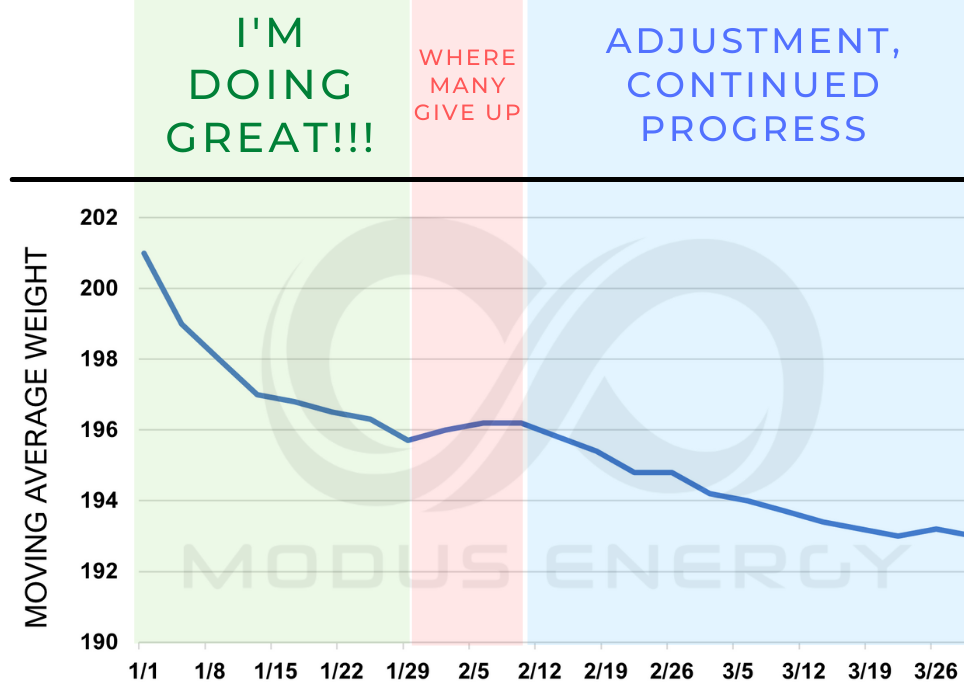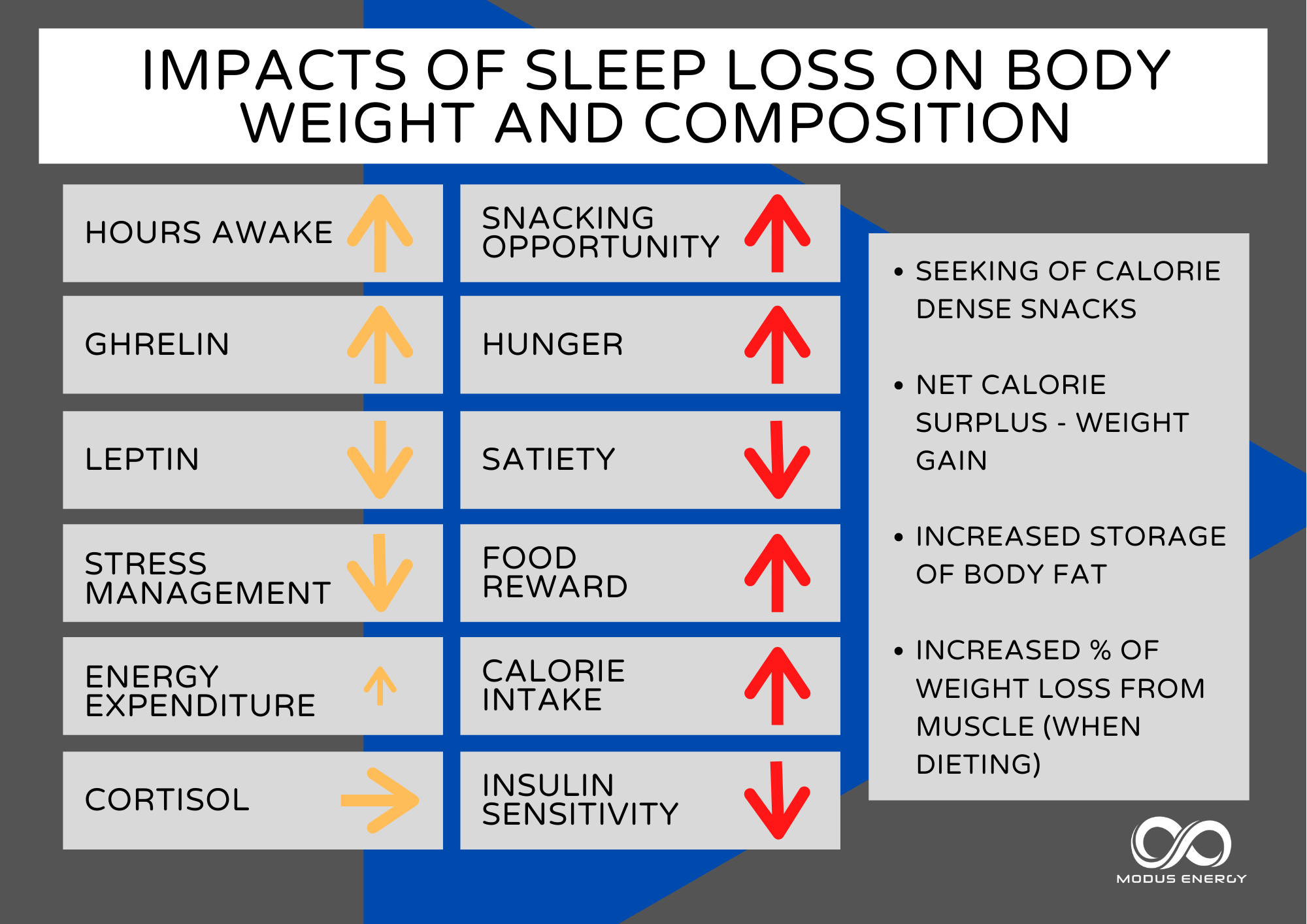The American Heart Association (AHA) recently issued a scientific statement evaluating popular diets against current recommendations for diets promoting cardiometabolic health. This review explores which diets may be better for long-term sustainability and how popular diets overlap with nutritional considerations for athletes.
Research Reviewed: Popular Dietary Patterns: Alignment With American Heart Association 2021 Dietary Guidance: A Scientific Statement From the American Heart Association
Why did the AHA prepare this statement?
Diet types have different levels of flexibility based on rules or recommendations. While flexibility is important, vague rules can also lead to misunderstandings or unintended food choices that may work counter to long-term health goals. For example, certain popular diets may fall outside of certain macronutrient distribution ranges and/or exclude major food groups. Popular media, and even some clinicians, misunderstand the evidence base of dietary patterns promoting cardiometabolic health. The goal of the statement is to compare popular diets to evidence-based AHA Dietary Guidance and provide clarity regarding the implementation of these diets.
What are the 2021 AHA Dietary Guidelines?
Refreshed every five years based on scientific reviews of available evidence, the AHA Dietary Guidelines associated with good cardiometabolic health and prevention of disease are based on ten criteria. AHA established these guidelines considering diets require flexibility based on individual, social, and cultural preferences in order to support healthy behaviors.

Popular diets defined and scored vs. the AHA Guidelines
The researchers conducted a review of publicly available literature regarding diet trends, including randomized control trials and descriptions from health organizations. They excluded diets designed to manage non-cardiometabolic diseases, short-term diets, and commercial diets with unclear definitions. After these exclusions, the researchers established the defining features of each remaining diet type.

Ten dietary patterns emerged based on similarities in macronutrient profiles, emphasized food groups, and restricted food groups.
Each of the diets was scored using a points system against the AHA guidelines, where a score of 1 point per guideline was given if the diet matched the guidance, 0.75 points if it mostly matched, 0.5 points if it partially matched, and 0 points if the diet was contrary. The subject matter experts discussed their scores to achieve consensus. A normalized score of 100 indicates perfect alignment.
Only criteria 2-9 were scored. Criteria 1 (maintain a healthy weight by adjusting energy intake and expenditure) is not directly attributable to a specific diet. Weight loss, maintenance, or weight gain can be achieved through any diet type by adjusting calorie energy intake. The authors note, “Low energy-dense foods such as vegetables and fruits are associated with greater satiety, and some evidence suggests that higher intakes of fiber and protein promote satiety. Energy balance may also be influenced by dietary restraint: Highly restrictive diets can support short-term energy restriction and weight loss, but have been associated with higher food cravings and attrition over time, although that may be modulated by individual characteristics. In addition, food availability and exposure to highly palatable, often ultra-processed foods may affect energy balance.”
What were the results?
DASH, Mediterranean, Pescatarian, and Ovo/Lacto Vegetarian diets had highest alignment with the AHA Guidelines.
Low-fat diets (<30% of calories from fat) and Vegan diets were mostly in alignment with the AHA Guidelines.
Very low-fat diets (<10% of calories from fat) and low carbohydrate diets (30-40% of calories from carbohydrate) had some partial alignment with the AHA guidlines.
Paleo and very-low carbohydrate diets (<10% of calories from carbohydrate) were poorly aligned with the AHA Guidelines.
DASH earned the top score. This dietary pattern was developed upon AHA recommendations.
Analysis
Considering health-promoting diet and long-term sustainability

I’ve plotted the AHA scores versus the number of food groups eliminated. Assuming no necessary dietary restrictions, the elimination of food groups or foods may make long-term adherence to a particular diet more challenging. In the short term, some find that diets with more food restrictions can be beneficial for their goals by reducing the number of daily decisions about food. However, these restrictions can be challenging to adhere to in the long term, considering the social, mental, and emotional aspects of food beyond simply “fueling the body”.
Diets that align best with the AHA Guidelines (DASH, Mediterranean, Pescatarian) also tend to have fewer food restrictions. Low fat (20-30%) and low carb (30-40%) diets also offer higher flexibility, although low-carb diets show lower alignment with AHA recommendations.
Due to the exclusion of meats, poultry, seafood, eggs/dairy, ovo/lacto vegetarians and vegan diets have more food restrictions, but still score well along AHA recommendations. Very low-fat diets are also almost necessarily vegan diets in order to achieve <10% of calories from fat, with additional elimination of nuts, oils, and seeds.
Paleo and very low-carb diets have poor alignment with heart-healthy diet guidelines and also tend to have more restrictions.
What to consider as an athlete
The AHA heart-healthy diet recommendations were created to promote good health and prevent disease at the general population level. They don’t take into account inter-individual variability within a group, nor the specific dietary needs of athletic populations.
I’ve prepared a summary of AHA alignments and areas requiring more attention by athletes. Diets scoring higher for promoting cardiometabolic health can also be strongly aligned with the needs of athletes towards performance improvement and other beneficial training adaptations.

Take Home Points
- Not all popular dietary patterns are well aligned with diets supporting long-term cardiometabolic health.
- Dietary patterns that support the goal of improving athletic performance can strongly overlap with dietary patterns that support cardiometabolic health. Diet patterns that are misaligned with supporting cardiometabolic health also have more potential shortcomings for athlete health and performance.
- When choosing a diet, think about what you can stick to long-term. It may be helpful to implement a diet that enables diversity/less restrictive food choices.
Feel overwhelming? If you need help navigating the nutritional landscape for your specific athletic needs, please contact me.


















